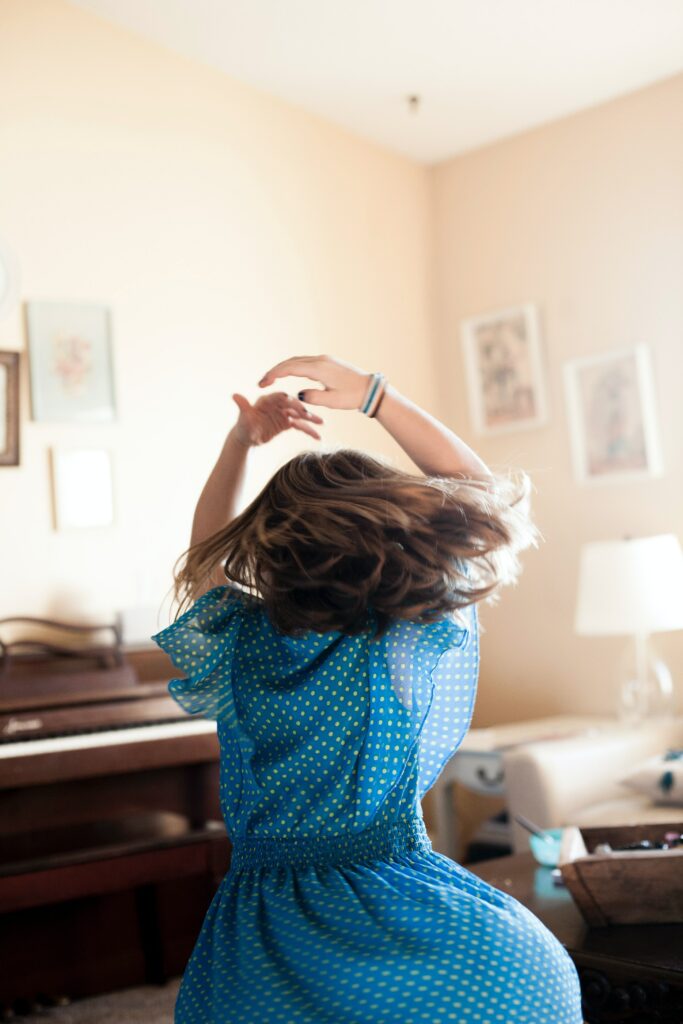
Sometimes, sixteen adults and twenty-six grandkids squeezed onto couches and armrests and across the floor, trapping everyone in my grandparent’s living room where each family member held a crayon-drawn, glitter-glued construction paper image of our grandmother’s interpretation of Lehi’s vision. My mom would pound the intro on the piano that was nestled amidst the human bodies while my grandma clapped and yelled for attention raising her hands above her head before vigorously leading the squished, uninterested progeny in song.
The words were printed onto squares glued to the back of the pictures we held. When the words our image represented were sung, we’d obediently lift the picture above our heads as grandma pointed and lead and sang and yelled, “Louder!”
When my little cousins were old enough, my grandma found an iron rod for them to hold up when we sang the chorus,
“Hold to the rod! The iron rod – Tis strong and bright and true . . .”
It was loud and confusing and I liked hiding in it. I liked hiding in the chaos on my aunt’s lap, squeezed between cousins. I liked my voice to hide within the voices of my family and the notes of the piano and my grandmother’s enthusiastic encouragement.
I liked learning a song in a room too small for our growing family. I liked how the adults talked when they should have listened and the kids forgot what image they held and when to raise it, and I loved how my grandmother was tireless and creative in her efforts to unify an uncooperative group of diverse humans.
This group of people existed together because of my grandmother’s body and her love and her courage. She taught me that life isn’t about holding to an iron rod – it is about holding to each other.
It is about making room even when we think there isn’t any. It is about listening to the stories – not the ones about a great and spacious building – but the ones about what we see and feel and hear. It is about the smells of proximity and the feel of young, plump arms and soft, wrinkled ones. It isn’t about some far-off vision, it is about our own.
My grandma also taught us the Virginia Reel and pushed, clapped, and pointed at a group of confused children who doe-si-doed, held hands, and laughed in time to fiddle music. She organized talent shows, choreographed the Dance of Joy, and cajoled all people onto their knees to pray, where at the end of each prayer we would put our hands together and cheer.
My grandma created traditions and rituals without permission. She somehow sewed us together with these strange songs and dances and symbols so when I was a struggling teen who felt I belonged nowhere, my grandma forced me to believe that I belonged to her, that I was a piece of her, a voice in her song and a partner in her dance.
The traditions of my history are ridiculous and strange. But because I witnessed them being created, loved the woman creating them, and was weaved into them, they are sacred symbols to me. They are symbols of a mother moving the forces of the universe with her voice and arms, weaving her family together, teaching them to touch and think and laugh together. These are symbols of making room on laps and shoulders when there is no more room on the floor.
Some rituals are dead to me, their meanings are lost along the straight and narrow road of patriarchy, but I believe in being squished in a too-small room full of generations of people who all do strange things because they love the woman leading them.


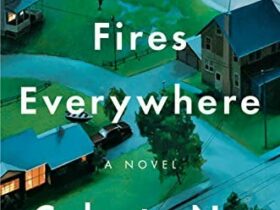
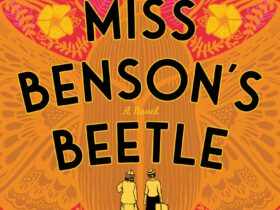

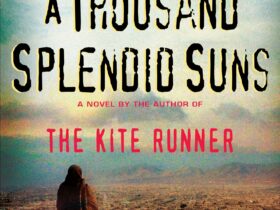
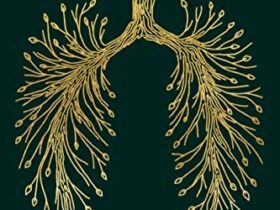
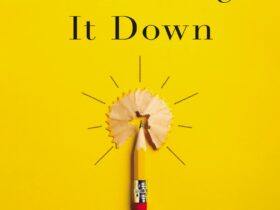
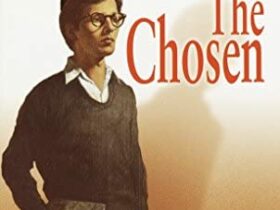
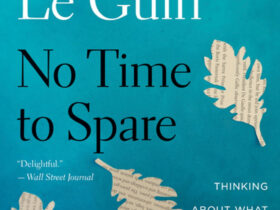

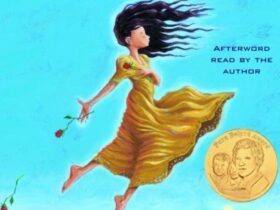

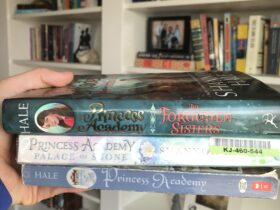
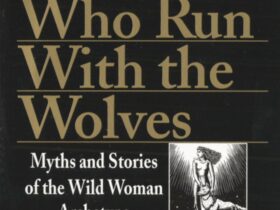
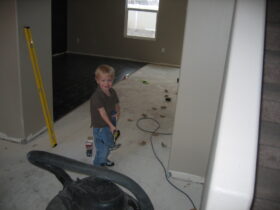
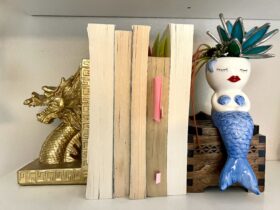
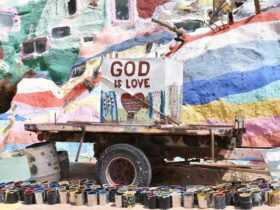



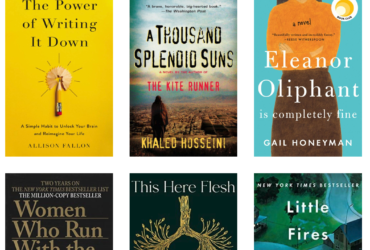



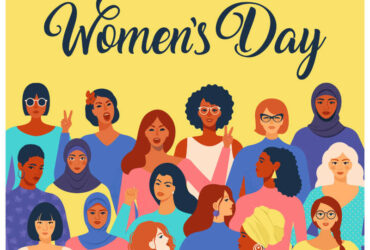
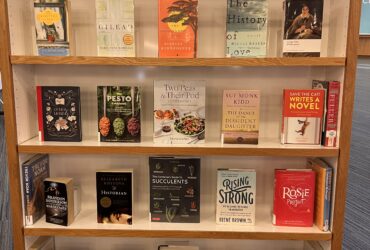
Leave a Reply